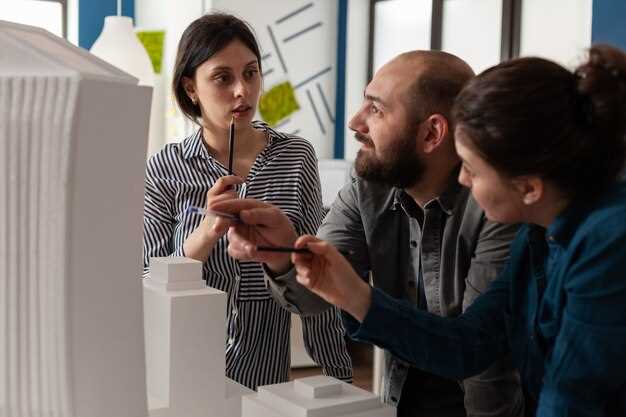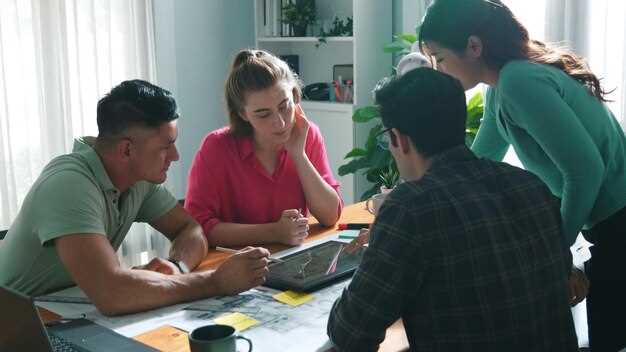
Effective communication is a cornerstone for the success of any restoration team. When dealing with complex projects that involve various stakeholders, having a clear and structured approach to communication can make the difference between a smooth operation and unnecessary setbacks. In the context of restoration, where updates must be communicated regularly, establishing robust communication strategies becomes imperative.
Communication is not just about sharing information. It is about fostering transparent relationships within the team and with external partners. Restoration teams must prioritize open lines of communication to ensure that everyone is on the same page regarding project goals, timelines, and challenges. Regular updates keep team members informed and engaged, encouraging collaboration and quick problem-solving.
Moreover, implementing effective communication strategies can significantly enhance a restoration team’s overall performance. By utilizing tools that facilitate real-time updates and feedback, teams can streamline their operations, allowing for a more responsive and adaptive approach to restoration efforts. This article explores various communication strategies that can empower restoration teams to achieve success and deliver quality results.
Establishing Regular Update Meetings for Project Alignment

Regular update meetings are essential for successful project alignment within restoration teams. These meetings facilitate the sharing of updates on project progress, challenges encountered, and strategies to overcome obstacles. By establishing a consistent schedule, team members can synchronize their efforts, ensuring that everyone is on the same page and working toward common goals.
During these sessions, team members provide updates on their specific tasks, allowing for accountability and transparency. This not only helps in identifying any potential delays but also encourages collaboration among team members. When individuals share their progress, others can offer assistance or input, further enhancing the team’s productivity and cohesion.
Moreover, regular update meetings create an opportunity for teams to re-evaluate project objectives. As circumstances change or new information emerges, recalibrating goals becomes necessary. By discussing shifts in the project landscape during these gatherings, teams can maintain alignment with overall project outcomes and client expectations.
Establishing a structured agenda for these meetings can improve efficiency. Each meeting should include segments for updates from all team members, discussion of challenges, brainstorming solutions, and planning next steps. By maintaining a focused approach, time is utilized effectively, fostering a culture of respect for each other’s contributions and insights.
Ultimately, regular update meetings not only streamline communication but also build trust among team members. This trust is foundational for a collaborative environment, where every individual feels valued and motivated to contribute towards the restoration project’s success.
Utilizing Digital Tools for Real-Time Collaboration and Feedback
In today’s fast-paced environment, restoration teams must leverage digital tools to enhance collaboration and streamline communication. These platforms facilitate real-time updates, allowing team members to stay aligned with project goals and deadlines. Utilizing tools such as project management software, instant messaging applications, and collaborative document-editing programs can significantly improve the workflow.
Real-time collaboration tools enable restoration teams to share crucial information instantly, reducing the chances of miscommunication. For instance, cloud-based platforms provide a centralized location for documents and updates, ensuring that all team members have access to the most current information. This transparency fosters accountability and enhances the decision-making process.
Feedback loops are essential in restoration projects. Digital tools allow team members to provide timely input on tasks, status changes, and challenges encountered on-site. By integrating feedback mechanisms into these platforms, teams can quickly identify issues and adjust strategies accordingly. This agility is vital for the success of restoration efforts, as it ensures that teams can adapt to changes as they arise.
The utilization of digital tools not only improves communication but also promotes a collaborative culture within restoration teams. When all members can contribute ideas and share insights in real-time, the overall effectiveness of the team increases. This engagement is crucial for solving complex restoration challenges and achieving desired outcomes.
In conclusion, implementing digital tools for real-time collaboration and feedback is a game-changer for restoration teams. By facilitating constant updates and open lines of communication, these tools ultimately lead to more successful project completions and greater satisfaction among team members.
Creating Clear Reporting Channels for Stakeholder Engagement

Effective communication is essential for the success of restoration projects. One critical aspect is establishing clear reporting channels that facilitate stakeholder engagement. These channels ensure that all parties involved are informed about project updates, progress, and any challenges that arise during the restoration process.
Identifying Stakeholders is the first step in creating effective reporting channels. Understanding who the stakeholders are–ranging from project sponsors and team members to community representatives–allows teams to tailor their communication strategies accordingly. Each group may require specific information, so it’s essential to define their needs upfront.
Next, teams should implement a structured reporting system. This system should outline how information is disseminated, specifying the frequency of updates and the platforms used (e.g., emails, newsletters, or dedicated project management tools). Consistency in reporting allows stakeholders to expect updates at regular intervals, fostering trust and accountability.
Utilizing visual aids can significantly enhance understanding. Graphs, charts, and infographics can convey complex data regarding restoration progress in an easily digestible format. This helps stakeholders quickly grasp key metrics without wading through lengthy reports.
Furthermore, it’s vital to establish feedback mechanisms within the reporting process. Stakeholders should feel empowered to share their thoughts and concerns regarding project updates. Regular surveys or feedback sessions can provide valuable insights that can refine communication strategies and improve stakeholder satisfaction.
Lastly, maintaining transparency throughout the restoration project is crucial. Openly sharing both successes and setbacks fosters an environment of collaboration and strengthens relationships among all parties involved. Stakeholders who are well-informed about the challenges and triumphs of the project are more likely to remain engaged and supportive.
In summary, creating clear reporting channels for stakeholder engagement in restoration projects can significantly impact overall success. By identifying stakeholders, structuring reporting systems, utilizing visual aids, establishing feedback mechanisms, and maintaining transparency, teams can ensure that all parties are aligned, informed, and invested in the project’s outcomes.




